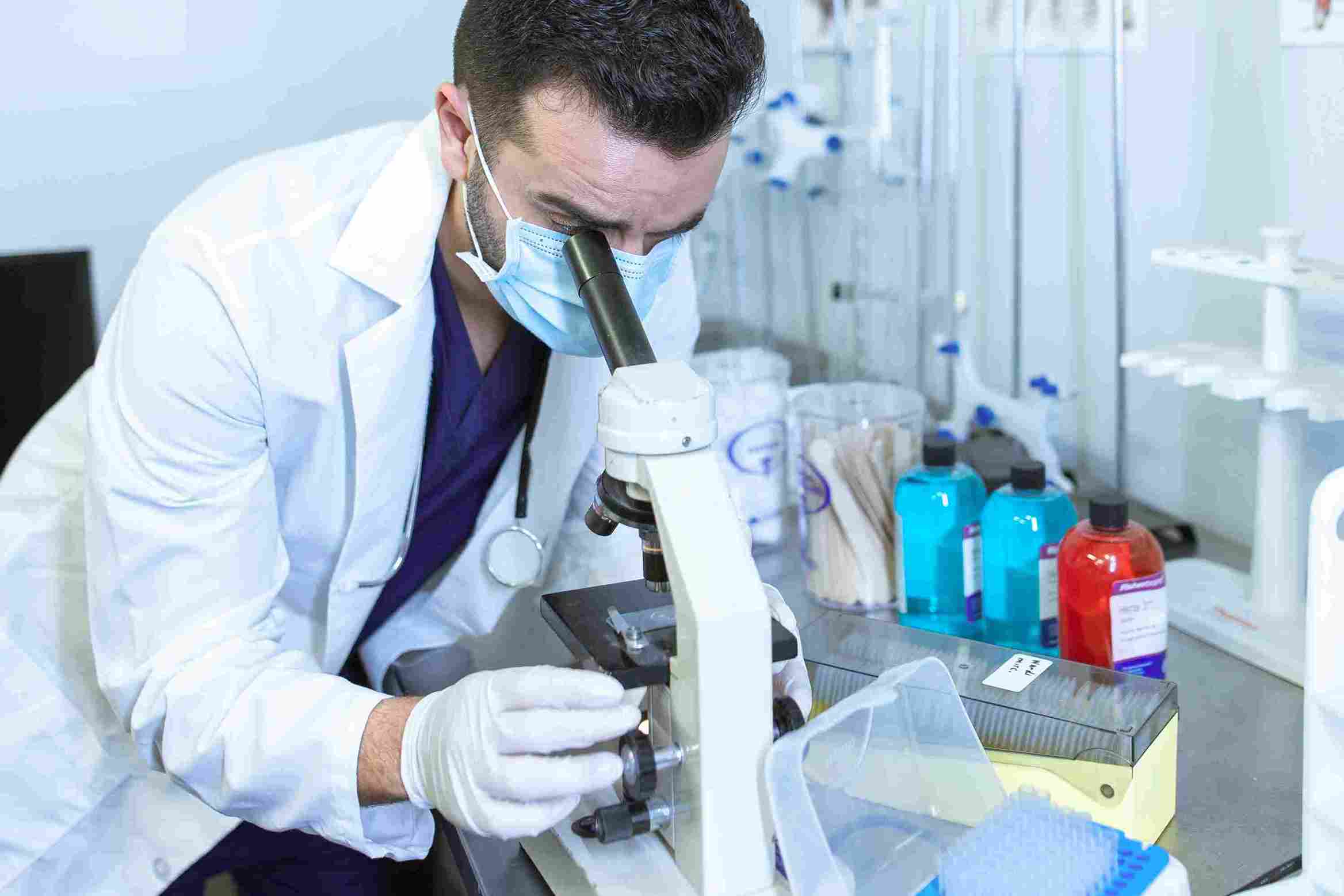The CMS Emergency Management requirements are focused on three key essentials necessary for maintaining access to healthcare during disasters or emergencies: safeguarding human resources, maintaining business continuity, and protecting physical resources. The audience will review the scope of the CMS Emergency Management Rule with the recent changes.
Planning for emerging infectious diseases may require modification to the facility protocols for early identification, isolation and PPE to protect the health and safety of staff as well as patients. Strategies for implementation related to succession planning and continuity of operations will be discussed. Requirements for alternative sources of power be reviewed and the requirement for senior leadership involvement will be highlighted. There will be some time in the end for Q&A. (~ 10-15 minutes)
WHY SHOULD YOU ATTEND?
The new Centers for Medicare and Medicaid Services (CMS) Emergency Management Rule became effective as of November 2017 for the 11 categories of providers covered under CMS. It establishes national emergency preparedness requirements for participating providers and certified suppliers to adequately plan for both natural and man-made disasters, and coordinate with Federal, state, tribal, regional and local emergency preparedness systems. Since that time, there have been updates to the requirements as well as a focus on leadership role in emergency management.
“All-hazards” planning, which is the basis for hazard vulnerability assessments and planning, must now include “emerging infectious diseases (EID)” such as influenza, Zika, and Ebola. This may require a change in planning for infectious disease outbreaks, i.e., early identification, supplies of personal protective equipment (PPE), larger volumes of infectious waste and disease-specific staff education, that are not included in other planning, mitigation, response, and recovery plans. Other topics requiring greater attention include use of portable generators, tracking of displaced patients, temperature management for medications and supplies, providing care at alternate sites with the requirements for an 1135 waiver, succession planning and continuity of operations.
LEARNING OBJECTIVES
- Describe the key updates to the Centers for Medicare and Medicaid Services (CMS) Emergency Management Rule
- List strategies for implementation related to succession planning and continuity of operations
- Discuss the challenges of adding emerging infectious diseases (EID) in the “all hazards” planning
- Detail requirements for medication storage and emergency power review the roles and responsibilities of senior leadership in the oversight of emergency management
- Identify key online resources
WHO WILL BENEFIT?
- Healthcare Leadership/ Senior Leadership responsible for Emergency Management
- Facilities leadership, clinical and non-clinical
- Emergency managers
- Safety directors/managers
- Accreditation Specialists
- System/Divisional Leadership
The new Centers for Medicare and Medicaid Services (CMS) Emergency Management Rule became effective as of November 2017 for the 11 categories of providers covered under CMS. It establishes national emergency preparedness requirements for participating providers and certified suppliers to adequately plan for both natural and man-made disasters, and coordinate with Federal, state, tribal, regional and local emergency preparedness systems. Since that time, there have been updates to the requirements as well as a focus on leadership role in emergency management.
“All-hazards” planning, which is the basis for hazard vulnerability assessments and planning, must now include “emerging infectious diseases (EID)” such as influenza, Zika, and Ebola. This may require a change in planning for infectious disease outbreaks, i.e., early identification, supplies of personal protective equipment (PPE), larger volumes of infectious waste and disease-specific staff education, that are not included in other planning, mitigation, response, and recovery plans. Other topics requiring greater attention include use of portable generators, tracking of displaced patients, temperature management for medications and supplies, providing care at alternate sites with the requirements for an 1135 waiver, succession planning and continuity of operations.
- Describe the key updates to the Centers for Medicare and Medicaid Services (CMS) Emergency Management Rule
- List strategies for implementation related to succession planning and continuity of operations
- Discuss the challenges of adding emerging infectious diseases (EID) in the “all hazards” planning
- Detail requirements for medication storage and emergency power review the roles and responsibilities of senior leadership in the oversight of emergency management
- Identify key online resources
- Healthcare Leadership/ Senior Leadership responsible for Emergency Management
- Facilities leadership, clinical and non-clinical
- Emergency managers
- Safety directors/managers
- Accreditation Specialists
- System/Divisional Leadership
Speaker Profile
 Marge McFarlane
Marge McFarlane
Marge McFarlane, Ph.D., MT (ASCP), CHFM, CJCP, CHSP, HEM, MEP, brings over 40 years of comprehensive experience in the environment of care, life safety, emergency management and infection prevention for construction. Merge has authored handbooks on the GHS update to the OSHA Hazard Communication Standard and OSHA training for Medical Facilities. She is a frequent presenter for seminars, regional conferences, and audio conferences on OSHA topics, infection prevention, and hazardous materials/RCRA waste streams and emergency management. She is currently working with healthcare systems and clinics nationally to identify and mitigate risks in the physical environment.McFarlane holds a Ph.D. in Safety …
Upcoming Webinars

Conflict Resolution - Prevent, De-escalate, Resolve

When Employees Travel: Wage and Expense Rules Employers Mus…

Female to Female Hostility @Workplace: All you Need to Know

With Mandatory Paid Leave Gaining Ground Is It Time To Do A…

Implementing an Effective Human Error Reduction Program


Validation Statistics for Non-Statisticians

Form 1099-MISC and 1099-NEC Compliance Update 2024

GAMP5, Second Edition and Alignment with Computer Software …

Why EBITDA Doesn't Spell Cash Flow and What Does

Project Management for Non-Project Managers - Scheduling yo…

The Totally Organized Professional Is All About Outcomes

Understanding the Math of HR… So You Can Show How HR Impact…

Sunshine Act Reporting - Clarification for Clinical Research


Re-imagine Finance & Accounting Made Simple. Three Webinars…

FFIEC BSA/AML Examination Manual: What Compliance Officers …

How to Address ISO's New Climate Change Requirements

I-9 Audits: Strengthening Your Immigration Compliance Strat…


Stay Interviews: A Powerful and Low-Cost Employee Engagemen…

How To Conduct An Internal Harassment And Bullying Investig…


Effective Onboarding: How to Welcome, Engage, and Retain Ne…

Managing Toxic & Other Employees Who Have Attitude Issues


Analytical Method Validation Under Good Laboratory Practic…

Do's and Don'ts of Documenting Employee Behaviour, Performa…

Do's and Don'ts of Giving Effective Feedback for Performanc…

Onboarding New Hires: Leverage the Potential of Artificial …

Project Management for HR, Administrative Professionals, an…

Tattoos, hijabs, piercings, and pink hair: The challenges …

How to Document Employee Discussions and Why it is Important

Using Behavior Based Interviewing for Finding the Best Matc…

Stressed Out: How to Handle Conflict, Difficult People and …

Harassment, Bullying, Gossip, Confrontational and Disruptiv…

Understanding the Artificial Intelligence Landscape

Marketing to Medicare or Medicaid Beneficiaries - What You …

Best Practices for Working With Vendors and Suppliers

Accounting For Non Accountants : Debit, Credits And Financi…

Principles & Practices for the Cybersecurity of Legacy Medi…

Independent Contractor vs. Employee New Rule Issued by The …

Ultimate Persuasion Strategies! - Secret Influence Tools & …

Kicking your Employee Retention Efforts into Overdrive: Sta…
